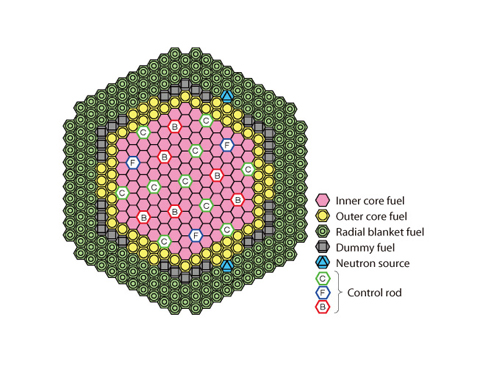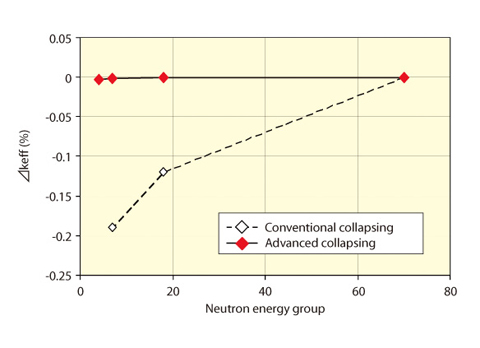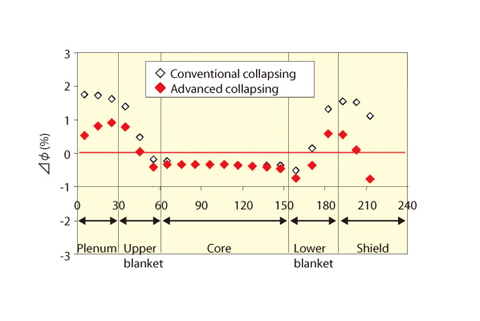
Fig.1-32 "MONJU" initial critical core layout

Fig.1-33 Neutron energy collapsing effect by whole core calculation

Fig.1-34 Neutron energy collapsing effect on neutron flux distribution
It is of great significance, from the viewpoint of the future fast breeder reactor (FBR) commercialization, to evaluate and to validate the current design analysis method and to rationalize the design margin, by effectively using the "MONJU" core physics test data. A series of analysis has been carried out on the" MONJU" core criticality (effective multiplication factor) from this viewpoint.
It is general to analyze the core criticality by a diffusion approximation calculation (isotropic scattering approximation) to save the computer resources, while this requires the correction for the approximation based on the comparison with the more detailed and exact transport theory analysis. A criticality analysis of the "MONJU" initial critical core (Fig.1-32) by the three-dimensional nodal Sn transport code; NSHEX has been conducted for this purpose and it became clear that coarse neutron energy group approximation (discrimination of continuous neutron energy into a coarse group structure, which allows for computer resource saving) gives non-negligible neutron energy collapsing effect (approximation error).
An investigation into the calculational algorithm of transport cross-section in NSHEX was conducted and it was found out that the neutron leakage between the nodes would not be preserved by the conventional neutron energy collapsing method because of the intra-nodal polynomial approximation of the neutron flux spatial distribution in NSHEX. An advanced neutron energy collapsing method, which preserves the inter-nodal neutron leakage, has been developed instead of the conventional neutron-current-weighted collapsing method and incorporated into the code NSHEX. The effectiveness of the newly developed advanced method has been confirmed by validation calculations. As a result, not only the energy-group dependency of the effective multiplication factor (Fig.1-33) but also the spatial neutron flux distribution (Fig.1-34) ware found out to be improved and it was concluded that this newly developed method can be recommended as the transport cross-section collapsing method for NSHEX.
The results mentioned above are newly obtained knowledge based on the detailed analysis of the "MONJU" whole core by this study. To improve the accuracy of the conventional analytical calculation method is still of great importance, while the most recent method can exclude the energy-group collapsing approximation by introducing exact continuous neutron energy algorithm, which requires huge amount of computer resources and then not practical especially in case of large core analysis, like "MONJU" whole core. This study expanded the possibility to improve the calculational accuracy of the conventional transport calculation method.